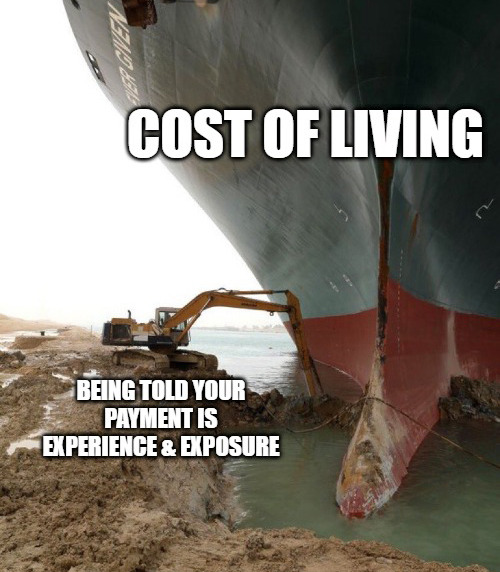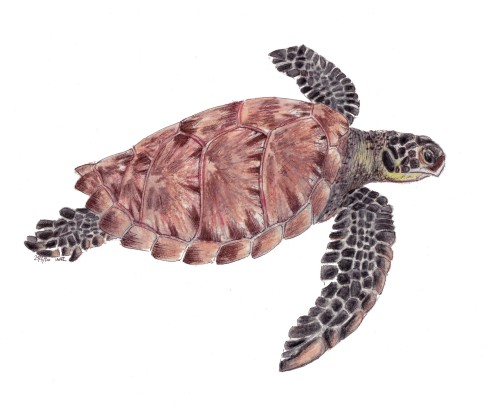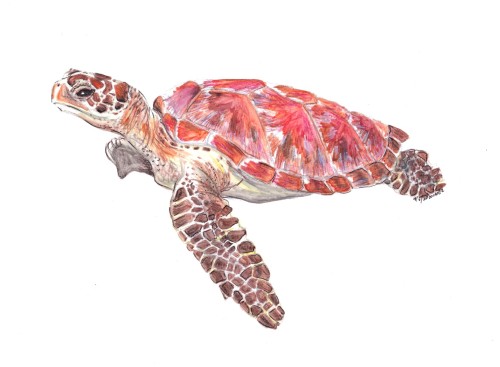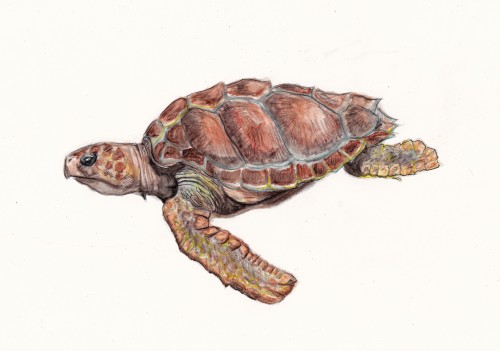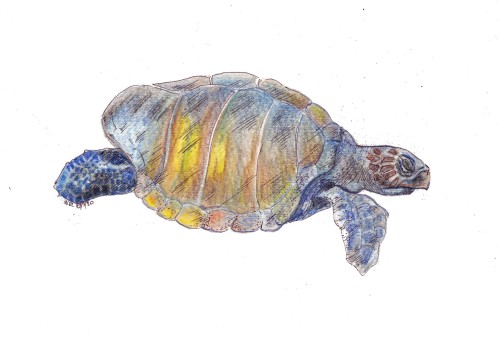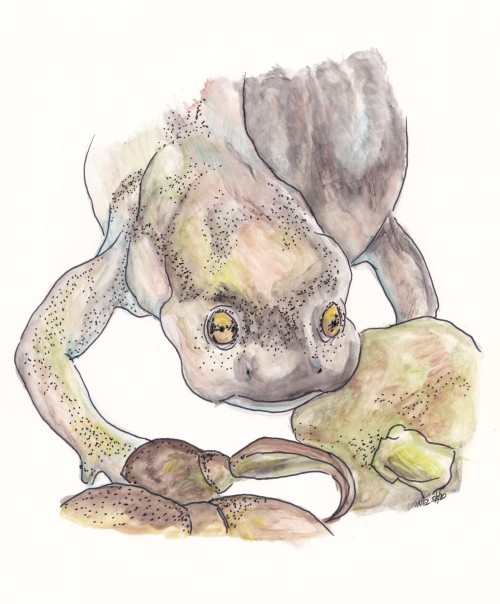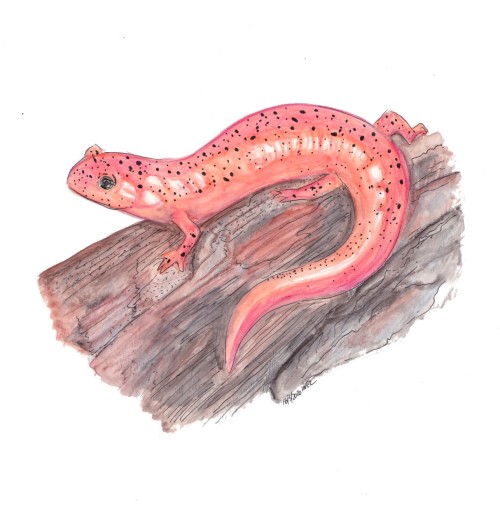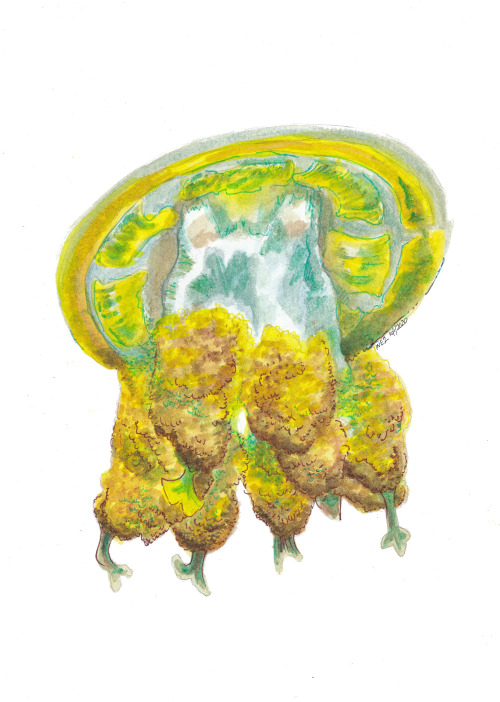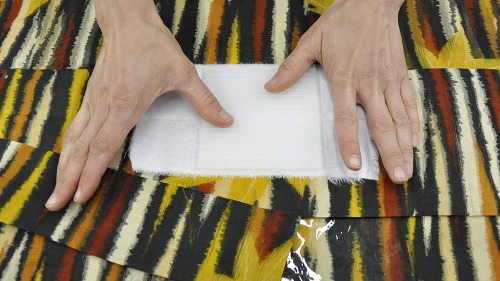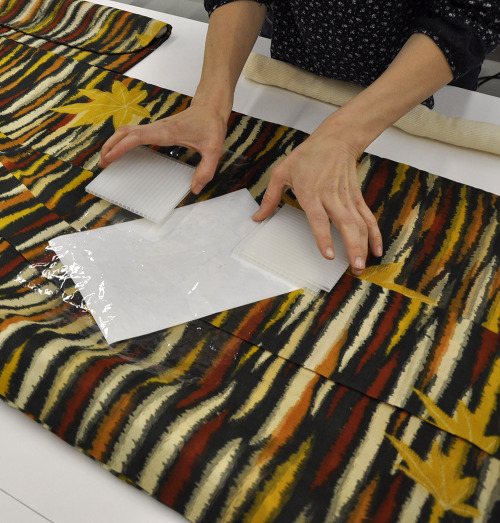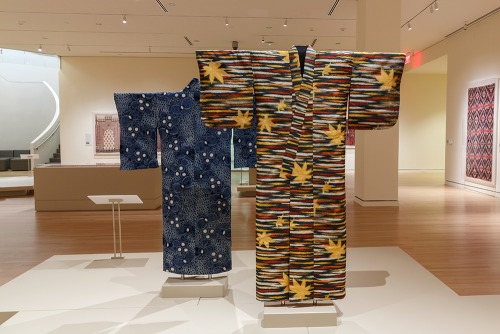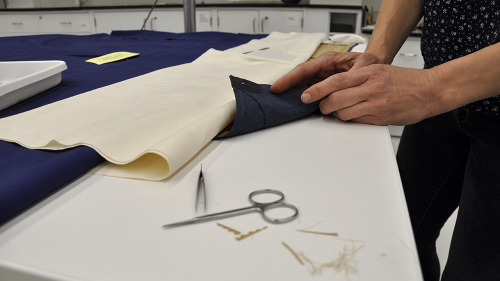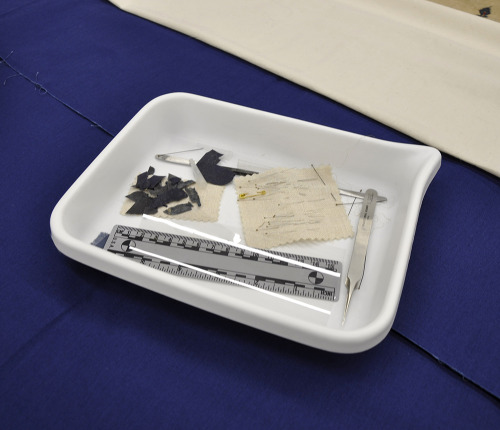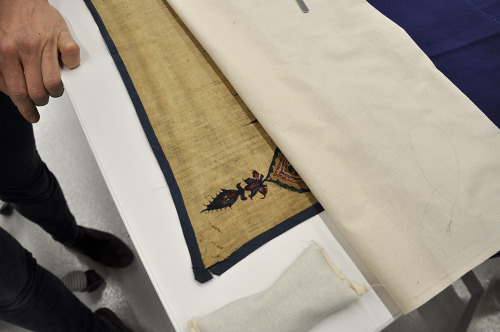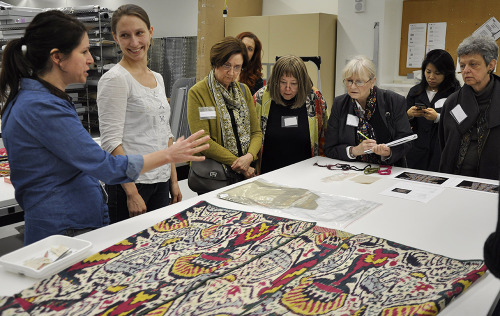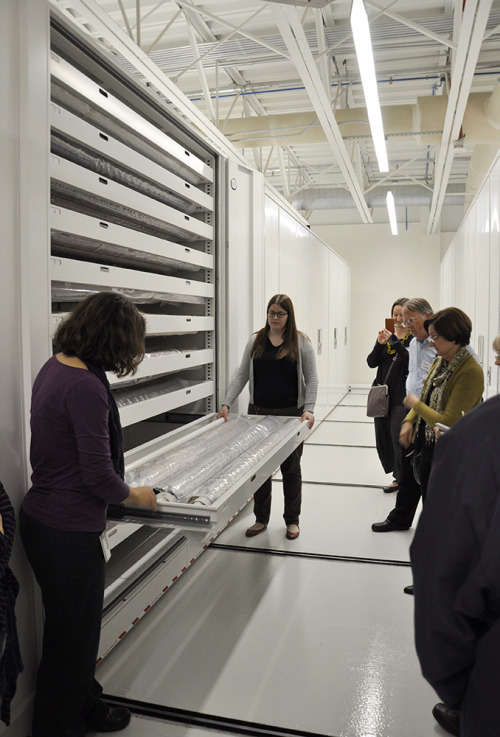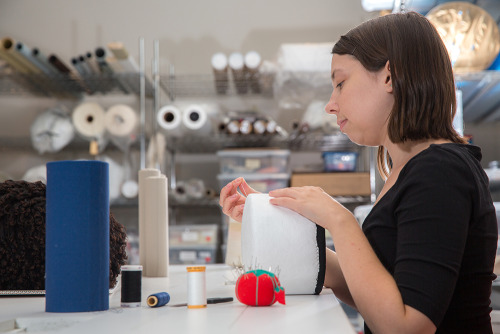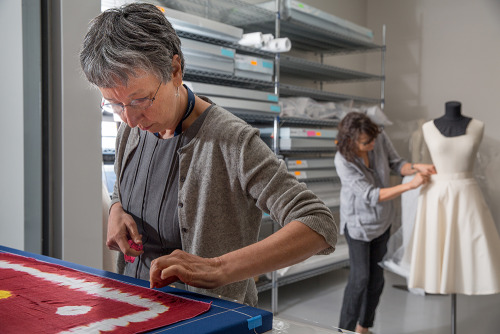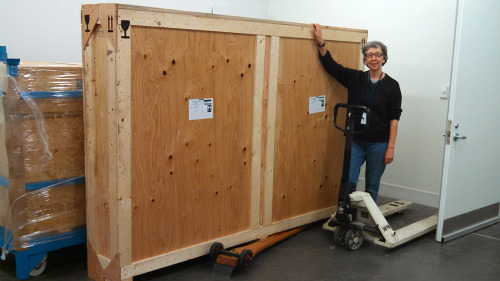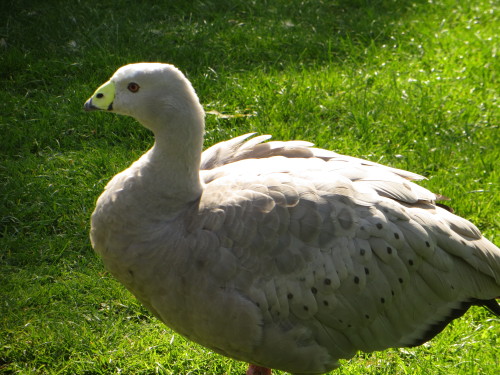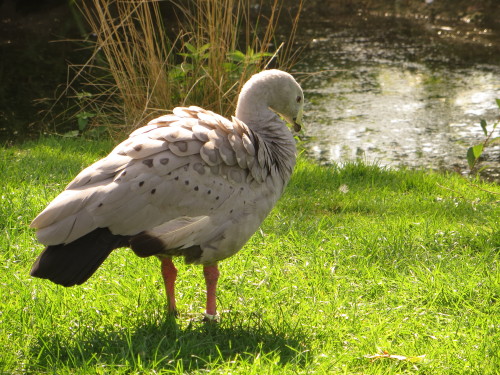#conservation
When we say “shark”, what do you think? Well, there’s a good chance it’s not something good. Let’s change that. We chatted w/ shark biologist David Shiffman about fighting shark misinformation, painful field experiences, & more!
https://blogs.agu.org/thirdpodfromthesun/2022/04/29/true-story-slapped-by-a-misinformation-shark/
Subway art handing out good advice, as usual. #useless #water #nyc #brooklyn #subway #subwayart #advice #conservation #metropolitan #lorimer #tile #mosaic #art (at Metropolitan Avenue / Lorimer Street)
Post link
To all my friends in conservation, artists, and freelancers… I made this one for you!
My favorite reaction when you ask to be paid: “Oh, but I though you were doing this because you cared…”
Source:@myfrogcroaked
Post link
Reposted from @jim_abernethy Video by the Incredibly talented @hannahmermaid & @shawnheinrichs as well as @jim_abernethy // Tigress Sharks is the world’s most viral shark conservation production, peacefully protesting the “War on Sharks” I was told it was in 140 countries in 10 days after it was released.
With absolutely no protection, no mask, no scuba tank our incredibly talented and Extremely Hard Driven Conservationist Hannah Fraser @hannahmermaid dances with a multitude of Lemon, Caribbean Reef and many Tiger Sharks. The project was the brilliant idea from one of the World’s Hardest Working, Extremely Creative and Productive Conservationist as well as one of my Best Friends, @shawnheinrichs My long term relationship with Tiger Sharks especially Emma the 15ft Super Star and her kind, (formed by constant love and affection & living at sea since 1998) was a key factor in successfully completing this! What do you think of this? Could you imagine being in @hannahmermaid boots during this film project. Please take a few seconds and tell me your impression! @jim_abernethy @wildlifevoiceinc @bluespherefoundation @sealegacy #TurningTheTide #love #gorgeous #BantheWaronSharks #creative #conservation #saveplanetearth #lovenature #beautiful #epic #ilovesharks#mermaid #FinBanNOW#hannahfraser #hannahmermaid #savethesharks (at Tiger Beach, Bahamas)
https://www.instagram.com/p/CWKX0IwF8le/?utm_medium=tumblr
It takes a team of conservators and hours of meticulous preparation and care to get a textile ready for display in the museum. Peek inside our lab at the Avenir Foundation Conservation and Collections Resource Center to see how we prepared two objects from The Textile Museum collections that are now on view in the galleries. In the images at the top, Conservation Fellow Gennifer Majors and Rebecca Summerour, a contract conservator, humidify a twentieth-century Japanese kimono with cold water vapor to reduce creasing, and prepare hardware for hanging the kimono on a t-stand. Below, Rebecca carefully removes an iron-on patch that was attached to an Iranian prayer cloth before the museum acquired it.
Post link
Visitors enjoyed a rare peek inside the museum’s Avenir Foundation Conservation and Collections Resource Center on a recent tour organized by the New Horizons Committee, a volunteer group dedicated to expanding the community of museum members and supporters. Collections management and conservation staff led the group around the facilities—including collections storage and processing rooms, the conservation lab, and a workroom dedicated to research and photography projects—and shared insights on their work.
Post link
This fall, the George Washington University Museum and The Textile Museum will open two new exhibitions that showcase textiles from its collections: China: Through the Lens of John Thomson (1868-1872) (opening September 19) and Old Patterns, New Order: Socialist Realism in Central Asia (opening October 10).
These photos give you a sneak-peek inside our conservation lab, where conservators have been hard at work preparing mounts to display the textiles chosen by the curators. These mounts are carefully crafted to both aesthetically compliment the objects and to safely account for their fragility and condition needs.
From top to bottom:
- When not on display, many textiles are stored in special mats; their standard size facilitates their transfer between the storage space and conservation lab. Once in the lab, their design allows for an easy move onto the display mounts. Textile fragment with cicadas and flowers of the four seasons, China, 19th century. The Textile Museum 1992.18.2; Gift of Dr. Edmund Bowles in memory of Lois W. and Edward L. Bowles.
- Each mount is custom-fit to the object and is covered by hand with layers of archival padding and exhibition fabric. Here, Conservator Lisa Anderson uses threads to square the perimeter and help center the textile on the mount. The threads will be removed once the object is secured.
- This silk embroidered sleeve for the China exhibition is laid down and carefully sewn to its display mount using fine silk thread. Very thin insect pins help keep the embroidery in place during the sewing process. Sleeve band, China, 19th century. The Textile Museum 1965.65.3a.
- Conservation intern Diana Van Wagner is putting the final touches on a hat mount for Old Patterns; this foam insert will be invisible to the viewer but will play a major role insuring that the hat will hold its shape and be well supported for all the time it is on display.
- At any given time, the conservation staff is working on various projects. In the foreground Chief Conservator Esther Méthé is verifying the final placement of a scarf for Old Patterns, while in the background Lisa is working on the underpinning she sewed to add volume to a coat slotted for display in the same exhibition. Woman’s scarf, Uzbekistan, late 19th to early 20th century. The Textile Museum 1995.8.1. Gift of Mr. Laron Larian, Tel Aviv.
Photos by Zachary Marin / The George Washington University.
Post link
The Textile Museum has received three grants to support critical equipment needed to conserve textiles and mount exhibitions at its new facilities.
The Stockman Family Foundation Trust enabled the museum to purchase a conservation wash table (top) and suction system, used by conservators to gently clean collections pieces. Thanks to an in-kind donation from DeWalt, the museum received a shipment of power tools (bottom) that are essential in constructing exhibitions. Additionally, the Prince Charitable Trusts awarded funding through its capital grants program that allowed the museum to purchase bench and hand tools for its exhibition fabrication workshop.
Together these grants will increase staff efficiency and further best practices in collections care and exhibition fabrication.
Post link
The Cape Barren or Pig Goose is one of the rarest geese in the world, found mostly in small islands off the coast of Australia. Their ability to drink salt or brackish water allows for large flocks to remain on the islands all year round. They have adapted to feeding on agricultural land, allowing for a reverse in the decline in numbers observed over the past century.
Post link
Recently, I had the privilege of traveling to Lopé National Park in Gabon for a conservation field trip and while I was there I had the further privilege of seeing some of the groundbreaking camera trap research that is going on there. Some of the big cats that had been sighted in the National Park include leopards and African golden cats, and other species such as caracals and servals inhabit other parts of the country.
We spotted this elusive African golden cat on our camera trap footage whilst we were there, one of very few images of this species in existence.
Image is property of Panthera, please do not reproduce.
Post link


